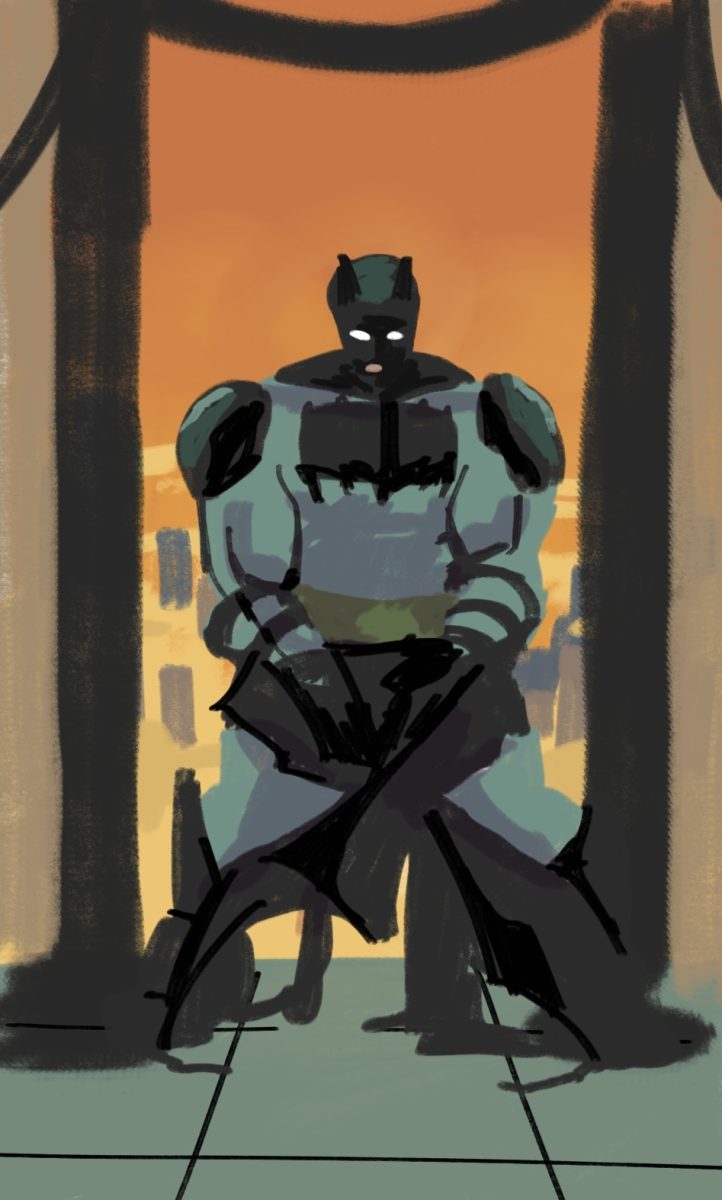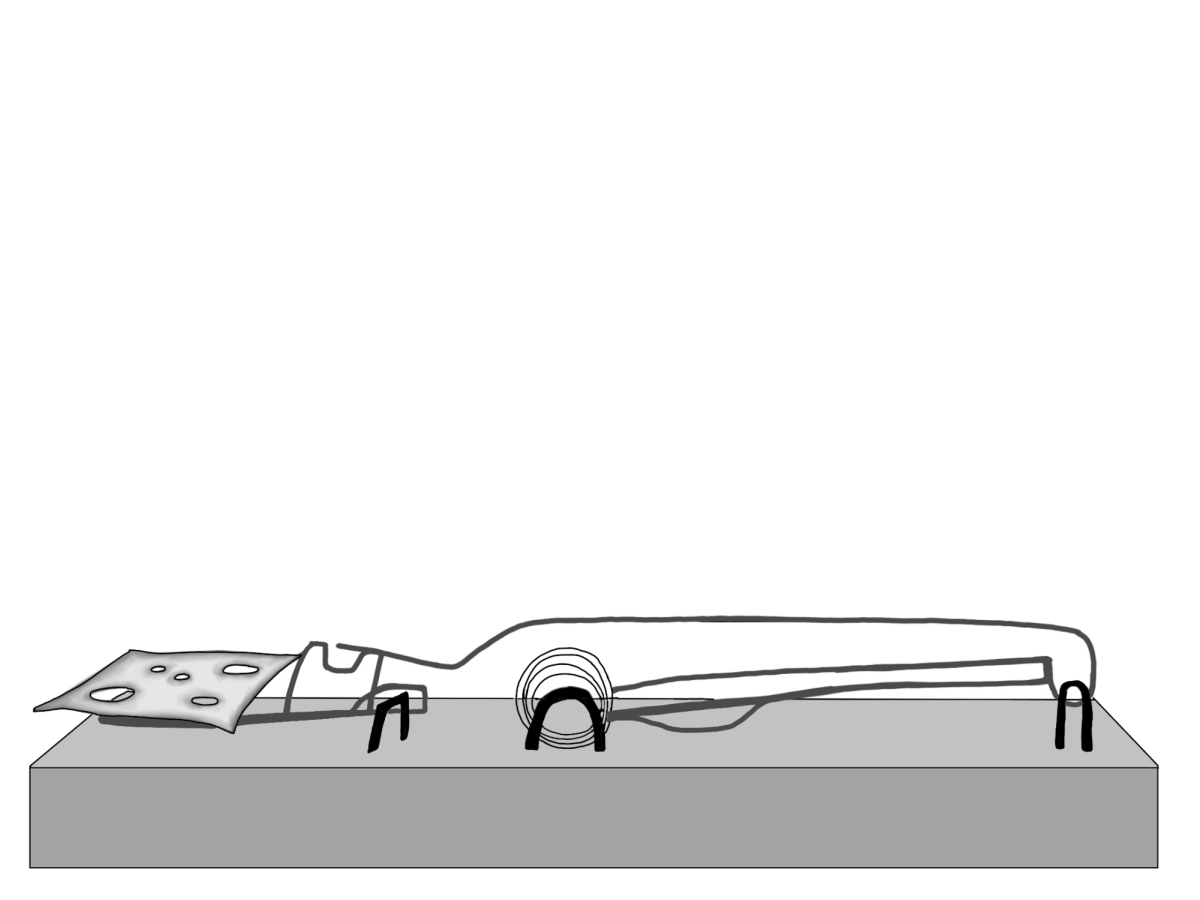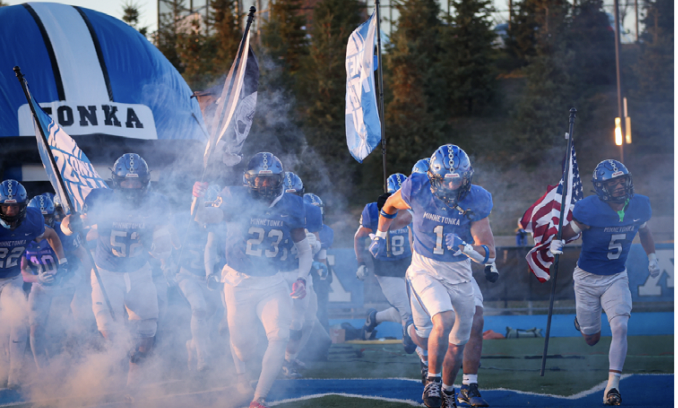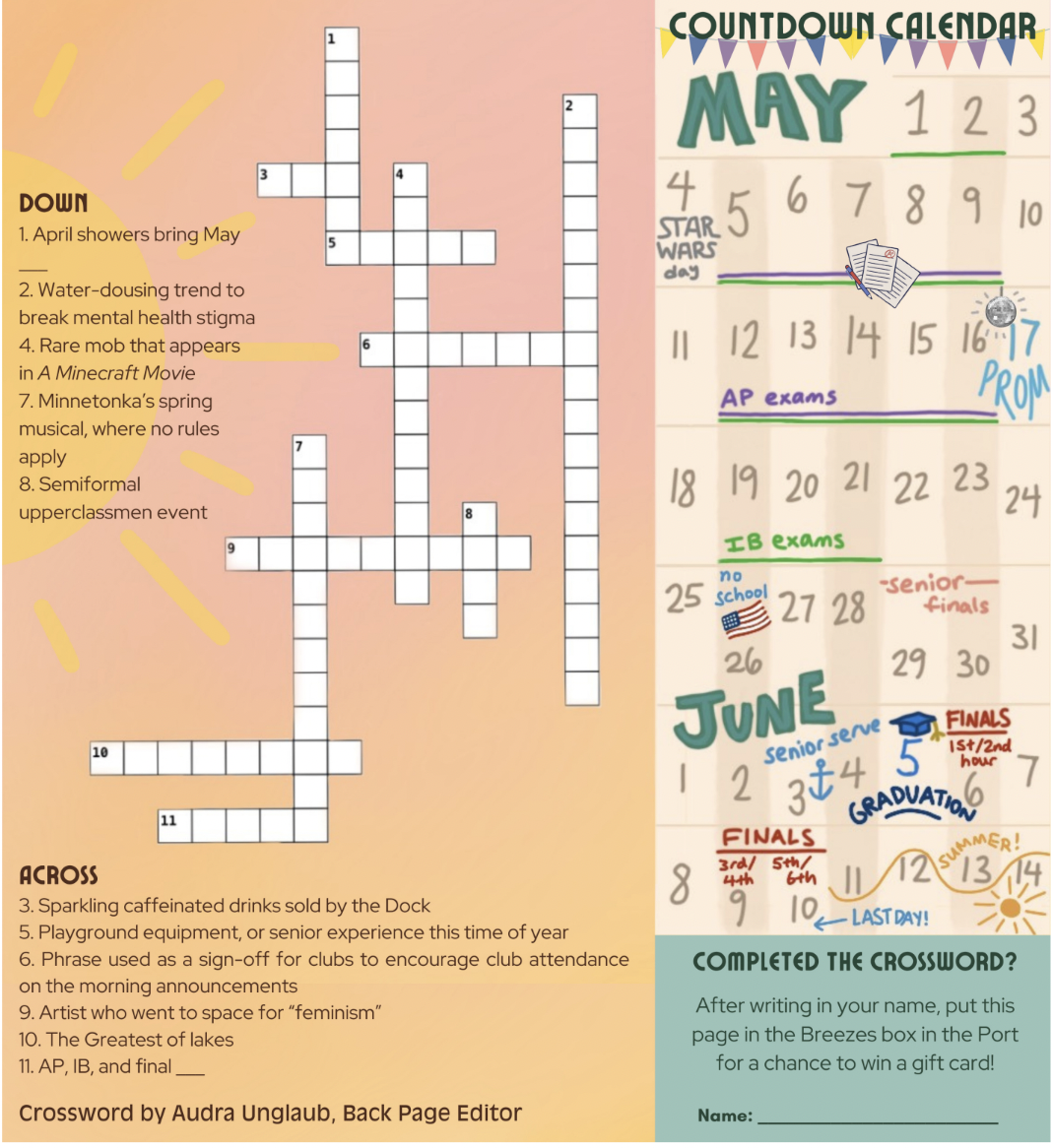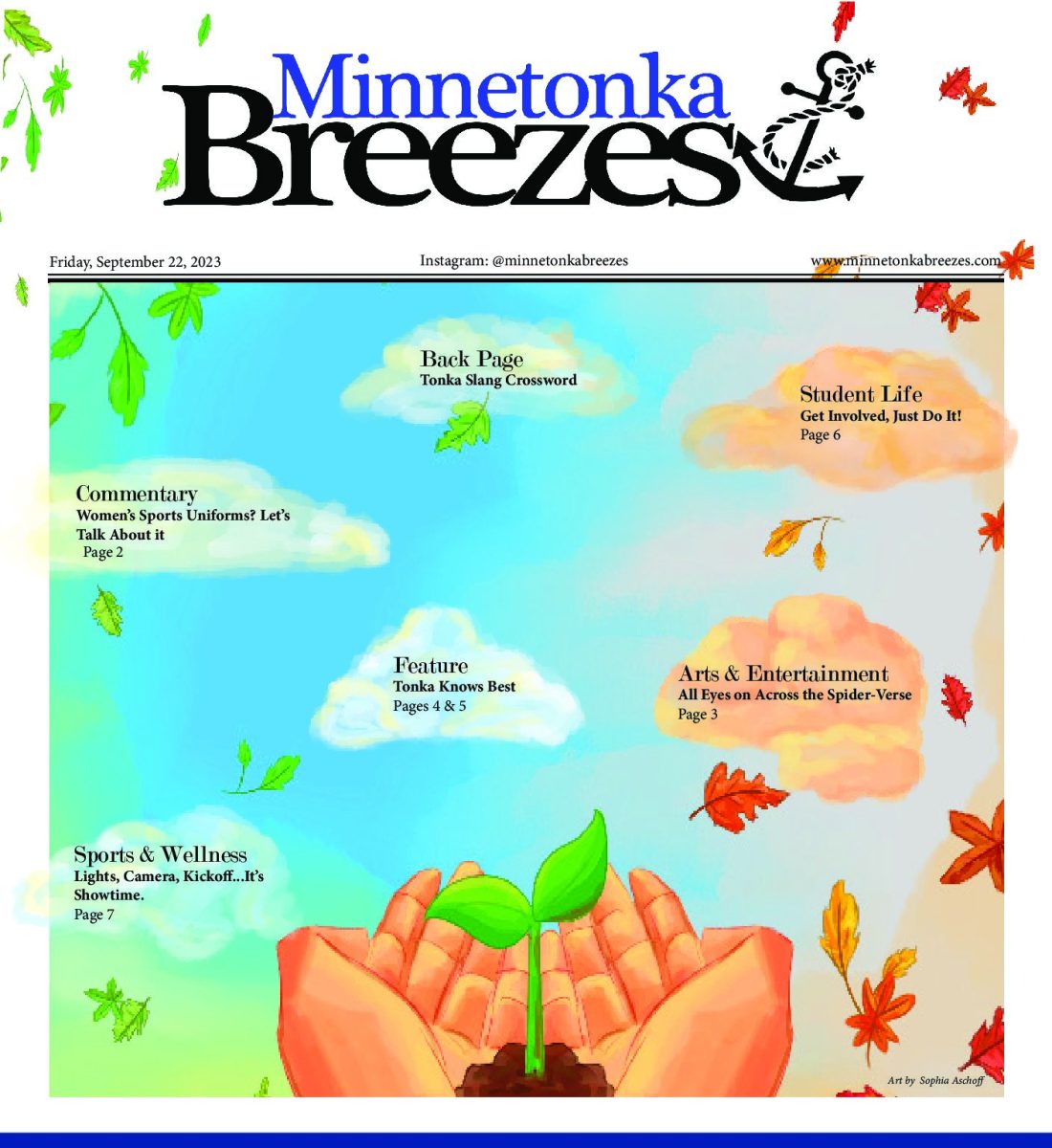MAST is no more, and Anchor Time jumpscared the student body in August. A fair
judgment won’t be due until the end of the year, but the first impressions were any-
thing but kind. When asked about the change, many MHS students winced and re-
ported that they hated it. Clearly, MAST is sorely missed by students.
Carmen Papp, ‘23, spoke to the independence offered by MAST that led to students
developing skills of self-management, claiming that its flexible nature offered a lot of
“choice and autonomy over how to help ourselves.” Without much structure, unless
you were called in by a teacher, it was up to you to decide how to use those 40 minutes
in a productive way. Papp also described it as “a good motivator to keep up in all your
classes, so you wouldn’t get called in”, and could instead use the time as a “little treat”
that broke up the week.
On the other hand, Mr. Best offers his perspective as a member of school administra-
tion. “We had a nice run with MAST, but over the last couple of years, we noticed that
the number of students assigned and those that attended was dropping dramatically.
Access for students to their teachers was also a problem. What I’m excited about is
that never before have we had this much time in the students’ day to get what they
need.” Admin aimed to create a system in which support time was a regular part of the
day, rather than an oasis within the week. When asked about student autonomy, Best
assures, “our goal is to build student ownership back into the schedule as well.” The
option to request a “flex space” will be rolled out, and the return of student ownership
is surely on the horizon.







